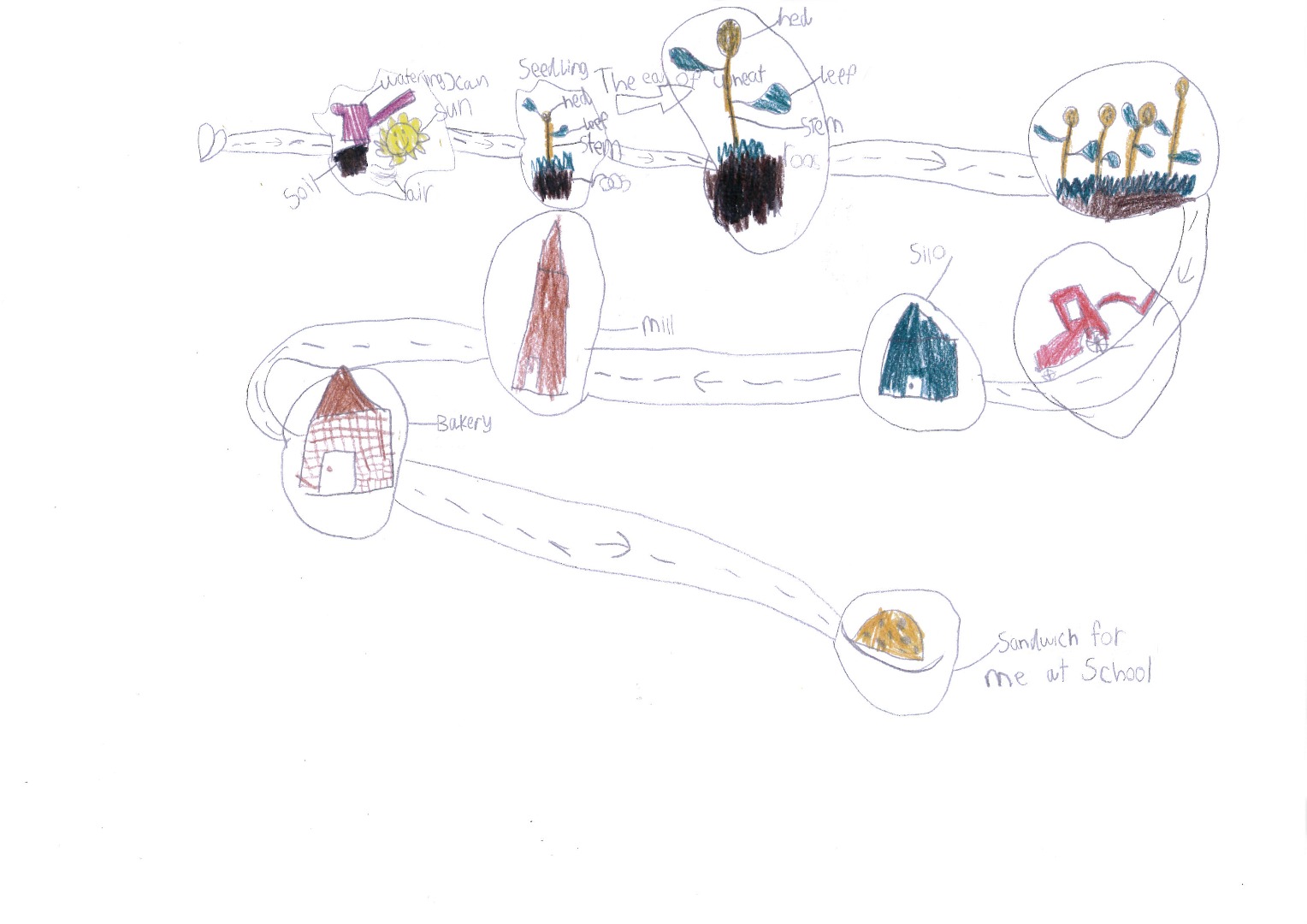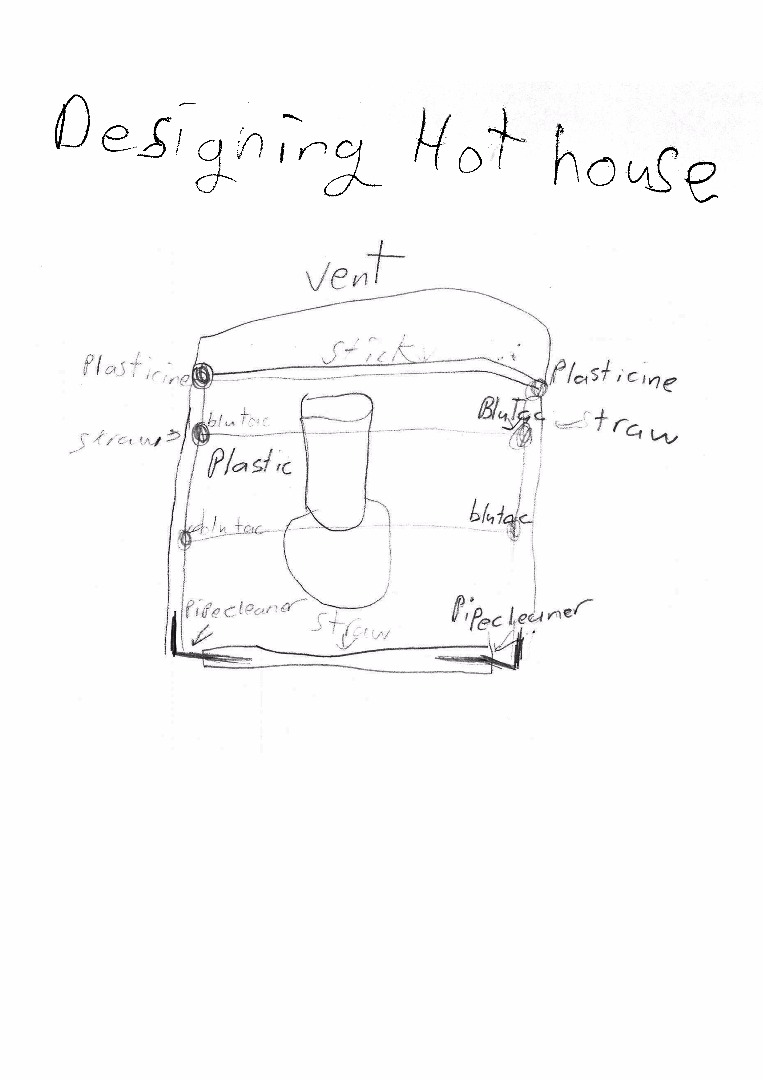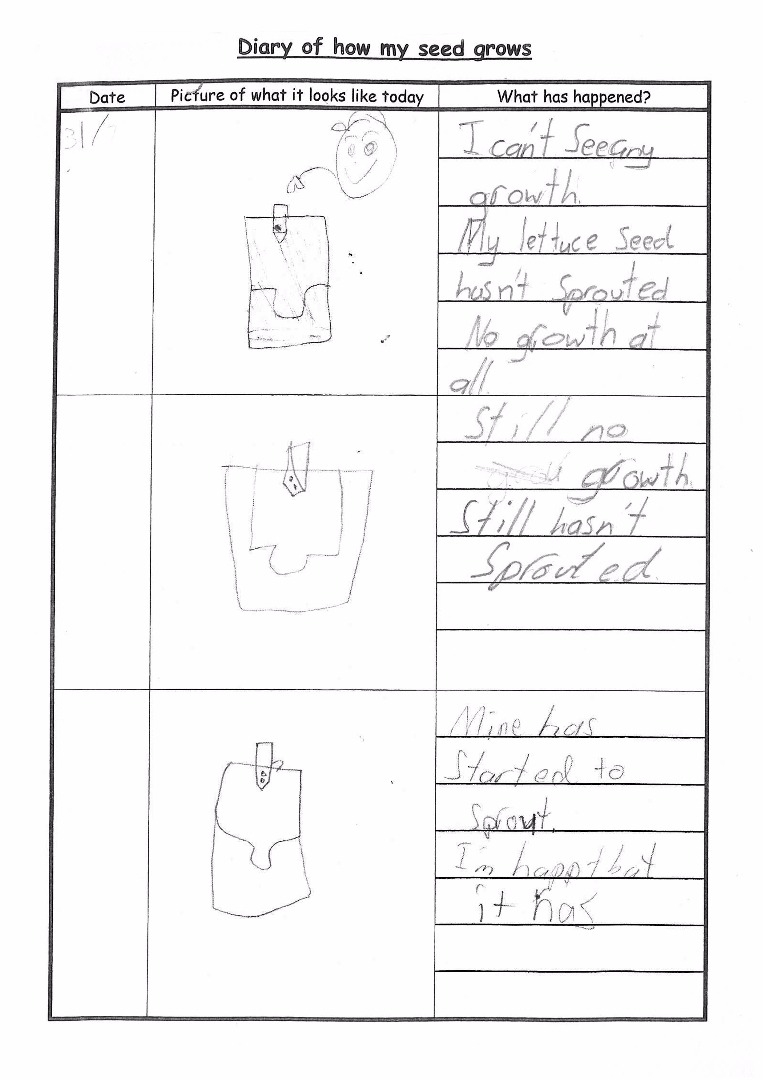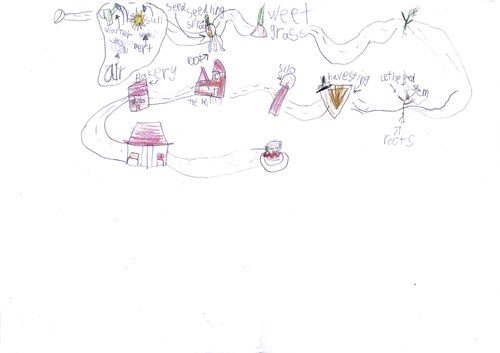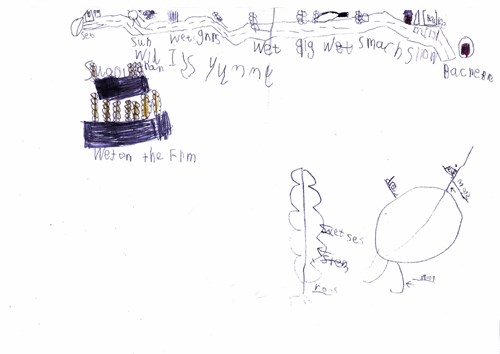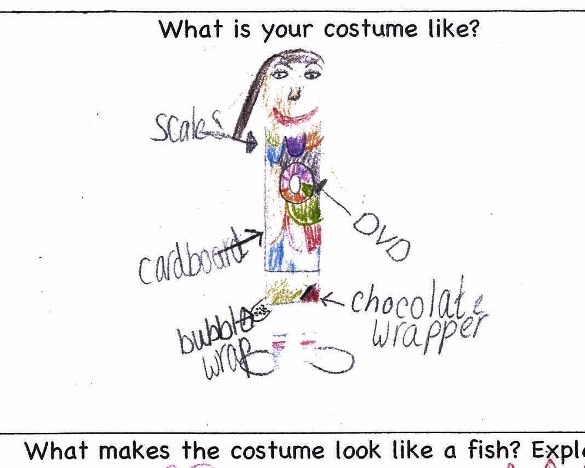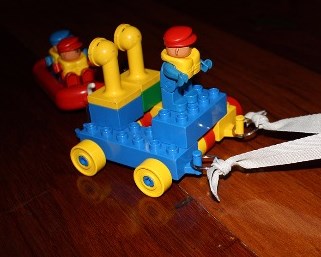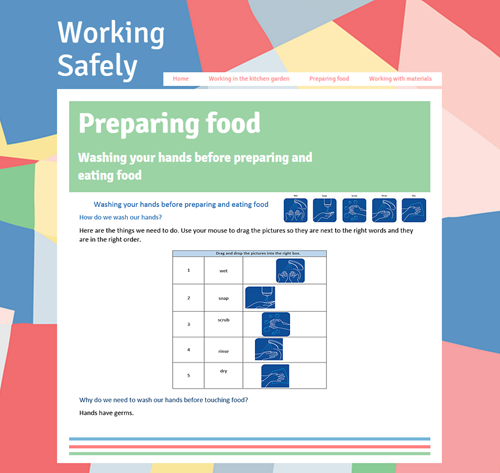Design project: Seed to sandwich
Summary of task
Students explored requirements for plant growth and the production and processing steps to get from a wheat seed to a food product (loaf of bread). They created a visual representation (road map) to plot the steps from a wheat seed to a loaf of bread. Students designed and produced an environment to improve the production of a lettuce seedling for planting in the school vegetable garden. They evaluated their design, and suggested improvements where necessary, giving reasons. Students sequenced the steps in making a nutritious sandwich. They selected ingredients and prepared a sandwich for healthy eating and service.
The focus of this task was for students to design and produce an environment and a product for a service for the technologies context food and fibre production/food specialisations.
Achievement standard
By the end of Year 2, students describe the purpose of familiar products, services and environments and how they meet a range of present needs. They list the features of technologies that influence design decisions and identify how digital systems are used.
Students identify needs, opportunities or problems and describe them. They collect, sort and display familiar data from a range of sources and recognise patterns in data. Students record design ideas using techniques including labelled drawings, lists and sequenced instructions. They design solutions to simple problems using a sequence of steps and decisions. With guidance, students produce designed solutions for each of the prescribed technologies contexts. Students evaluate their ideas, information and solutions on the basis of personal preferences and provided criteria including care for the environment. They safely create solutions and communicate ideas and information face-to-face and online.
